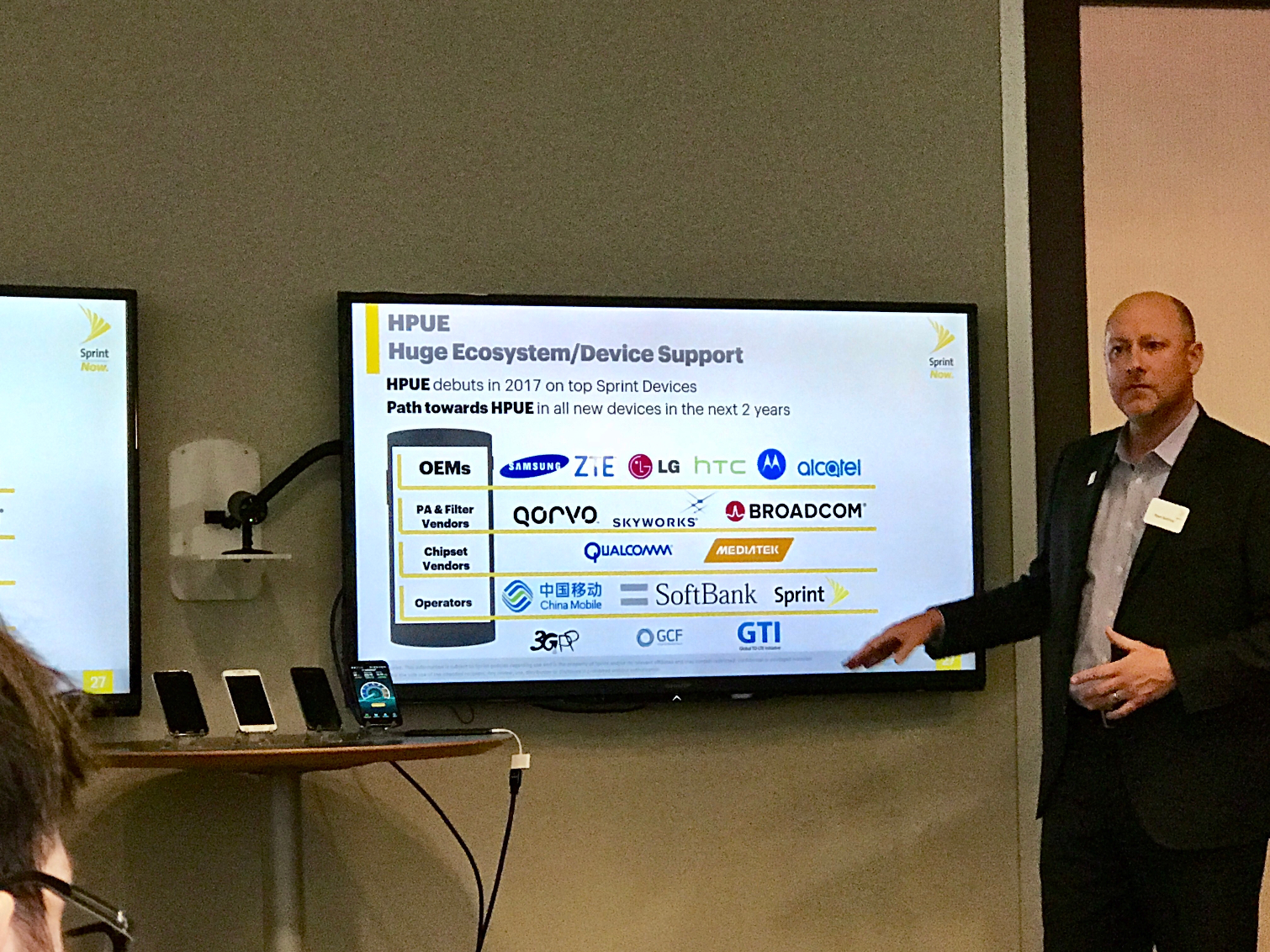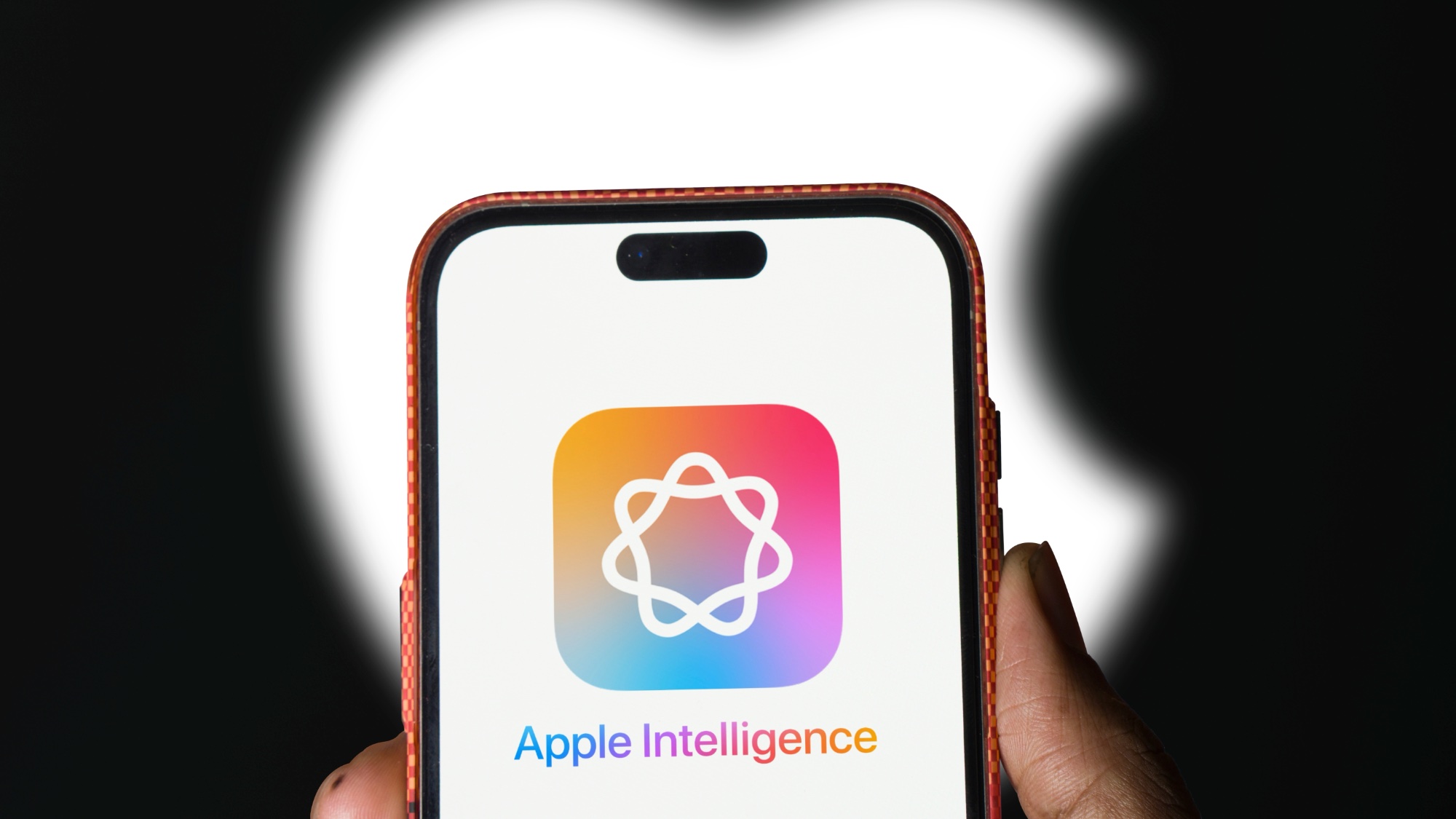Sprint Takes Big Step Towards 5G with HPUE
Sprint is extending its coverage in the 2.5-GHz spectrum by 30 percent, and the first phone to benefit will likely be the Galaxy S8.

NEW YORK - After years of trailing other carriers in terms of speed and coverage, Sprint is stepping up its game. At a press conference today (Dec. 13), the provider announced a new innovation that could help it leapfrog the competition while laying the foundation for 5G.
Called High Performance User Equipment, HPUE has a very unsexy name but promises exciting results. Sprint says that the technology will extend its 2.5-GHz coverage by up to 30 percent. That's important, because the carrier offers much better speed and capacity at this band than at its 1.9-GHz spectrum.

Sprint says it will begin rolling out HPUE to its 250 LTE Plus markets in 2017, and that Samsung is expected to support the technology with one of its "flagship" devices early next year, said John Saw, Sprint's chief technology officer. If we had to guess, that would be the Galaxy S8, which hasn't been announced yet but is rumored to be on tap for a release in Spring 2017.
The reason why you'll need a new phone is because HPUE is a modem-level technology. It also requires special power amplifiers. Saw says you shouldn't worry about your battery life getting zapped, though, because your phone should be switching bands less.
MORE: Best Smartphones - Here Are the 10 Best Phones Available
Samsung isn't the only handset maker support HPUE, which gained official 3GPP certification on Dec. 6. Alcatel, LG, ZTE and Motorola are also on board, as are Qualcomm and Mediatek on the chipset side.
Also at its New York City event, Sprint showed how a software update will provide a major speed boost to current phones like the iPhone 7 and iPhone 7 Plus and Galaxy S7. Using a technique called three-carrier aggregation, the two handsets delivered peak download speeds of in excess of 200 Mbps.
Sign up to get the BEST of Tom's Guide direct to your inbox.
Get instant access to breaking news, the hottest reviews, great deals and helpful tips.

A typical user shouldn't expect to see this blazing throughput, but Saw said that Sprint customers should get about three times better performance. We're talking about the difference between 10 to 15 Mbps down today versus 30 to 35 Mbps early next year. The HTC Bolt shipped with 3CA technology built in.
Overall, Sprint is trying to do everything it can to keep its customers — and win them from other carriers — including Verizon. This includes a strategy of improving coverage via light pole base stations in historically challenged areas like the Staten Island Ferry Terminal. During a live demo on Skype, Sprint showed downloads in excess of 60 Mbps.
Mark Spoonauer is the global editor in chief of Tom's Guide and has covered technology for over 20 years. In addition to overseeing the direction of Tom's Guide, Mark specializes in covering all things mobile, having reviewed dozens of smartphones and other gadgets. He has spoken at key industry events and appears regularly on TV to discuss the latest trends, including Cheddar, Fox Business and other outlets. Mark was previously editor in chief of Laptop Mag, and his work has appeared in Wired, Popular Science and Inc. Follow him on Twitter at @mspoonauer.
-
Spike5G Amazing how the marketing guys can spin such a minor change into a major technological breakthrough. HPUE, or High POWER User Equipment, as it's really called, (more marketing hand waving with the use of the word Performance instead of Power) is nothing more than an increase in the Max transmit power that the Cell Phone (or UE) can put out. That's it. They've essentially turned up the volume on the Phone so the Base station can hear it better. No major breakthrough here, and nothing related to 5G.Reply

